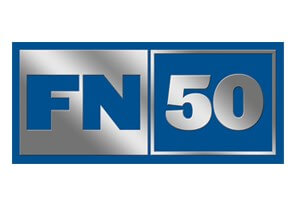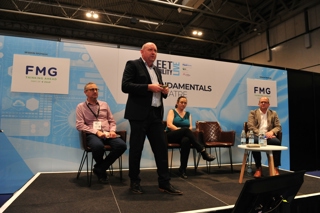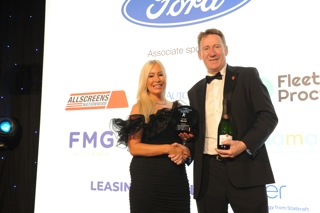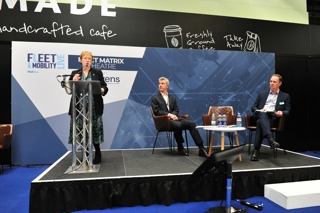Twenty contract hire leasing companies in the FN50 have increased the size of their risk fleet over the past year, eight by double-digits. They have bucked the general downwards trend as the total size of the FN50 dipped by 4%.
The most notable, in pure volume terms, is ALD. The French bank-owned company is fulfilling its predictions of rising up the FN50 – it aspires to be a top three player within three years – with a 20% year-on-year increase in fleet size, moving it from eight to fifth in the top 10.
In September, managing director Keith Allen told Fleet News that ALD would add around 10,000 units to its risk fleet this year – it actually added 9,345, mostly cars - with around three-quarters of the growth coming from the SME/broker sector and 25% from its core fleet business.
The company is sitting on an order bank of 4,000 vehicles compared to 1,500 a year ago – a result of rising activity levels and longer lead times.
“Corporate fleets are starting to re-stock; we can fill a hole in the SME market and still grow our inherent fleet,” Allen said.
Masterlease, which remains the subject of much speculation over its future ownership, is the only company to drop out of the top 10 after a 24% reduction in fleet size, mostly down to a 9,000-unit fall in its car risk fleet.
It is replaced by Volkswagen Group Leasing, which rises from 11th to number seven on the back of a 14% rise in fleet size.
In percentage terms, the biggest year-on-year rise was achieved by Translinc. Relatively small by FN50 terms, the No43-placed company, which specialises in offering funding to the public sector, nevertheless swelled its risk fleet by a weighty 65%, taking it from 1,636 to 2,612 (of which 2,527 are vans).
In contrast, the biggest drop in fleet size was suffered by NVR Fleet which saw its fleet volume collapse by 65%. And that followed a 43% decline in last year’s FN50. In 2008 it had 14,000 risk fleet vehicles; now it has 2,520 of which 2,404 are vans.
A year ago the company restructured its asset-based debt with its main lenders which enabled it to fund all future assets on a net basis rather than gross. It meant paying a substantial deposit for future vehicles which improved security of future lenders.
Consequently, NVR has reduced its risk fleet volumes, putting greater focus on its fleet management operations.
With bank-owned, dealer-owned, manufacturer-owned, venture capitalist backed and independent leasing companies making up the FN50, plus a couple of fleet companies that have moved into contract hire and leasing, no ownership model shows signs of greater success over any other. However, a larger proportion of dealer-owned businesses increased their fleet size last year.
Of the nine bank-owned companies, seven saw fleet size fall. Five of the seven manufacturer operations dropped while six of the 11 dealer-owned businesses reduced fleet size.
Meanwhile, three of the five management-owned companies increased their risk fleet size, a feat matched by two of the three privately-owned businesses.
Bank-owned leasing companies make up the top five FN50 positions, with ALD replacing Daimler Fleet Management in fifth place.
Entry into the top 10 has risen from 44,346 to 45,704 although it has fallen from 16,250 to 15,200 for the top 20.
Growth and reduction in fleet sizes are spread across the FN50. Looking at the FN50 in segments of 10, five of the 20 companies increasing their fleet volumes are in the top 10, while six are in the bottom 10, a segment which contains the three fastest growing leasing firms (Translinc, SG Fleet and Hilton Vehicle Leasing).
At the tail end, threshold to entry is highest level for five years at 1,418 (Fulton Leasing now occupies the spot, having been overtaken by SG Fleet and Hilton Vehicle Leasing).





















Login to comment
Comments
No comments have been made yet.